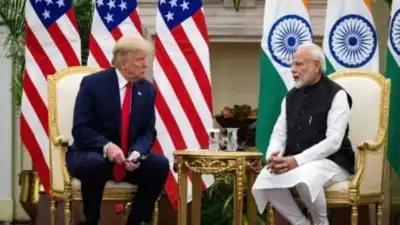India-US Trade Deal: A Different Approach
Officials have indicated that the proposed India-US bilateral trade agreement is unlikely to adopt a 'zero-for-zero' tariff strategy. This approach, which involves both parties eliminating tariffs on similar products, is seen as more suitable between advanced economies like the US and the EU, rather than between countries with differing economic structures such as India and the US.

Negotiations and Goals
The negotiations for this bilateral trade agreement kicked off in March, with both nations aiming to wrap up the first phase by September or October this year. The ambitious goal is to more than double the bilateral trade to $500 billion by 2030, up from the current $191 billion.
Sector-Specific Discussions Ahead
Following preliminary talks that concluded on March 29, sector-specific discussions are set to take place in the coming weeks. India is reportedly ahead of other countries in terms of readiness for negotiating such trade agreements.
Trade Interests and Surplus
The US is eyeing tariff concessions in various sectors, including industrial goods and agricultural products, while India is likely to push for duty cuts on labor-intensive sectors. India recorded a goods trade surplus of $35.32 billion with the US in 2023-24, highlighting the dynamic trade relationship between the two countries.









Comments